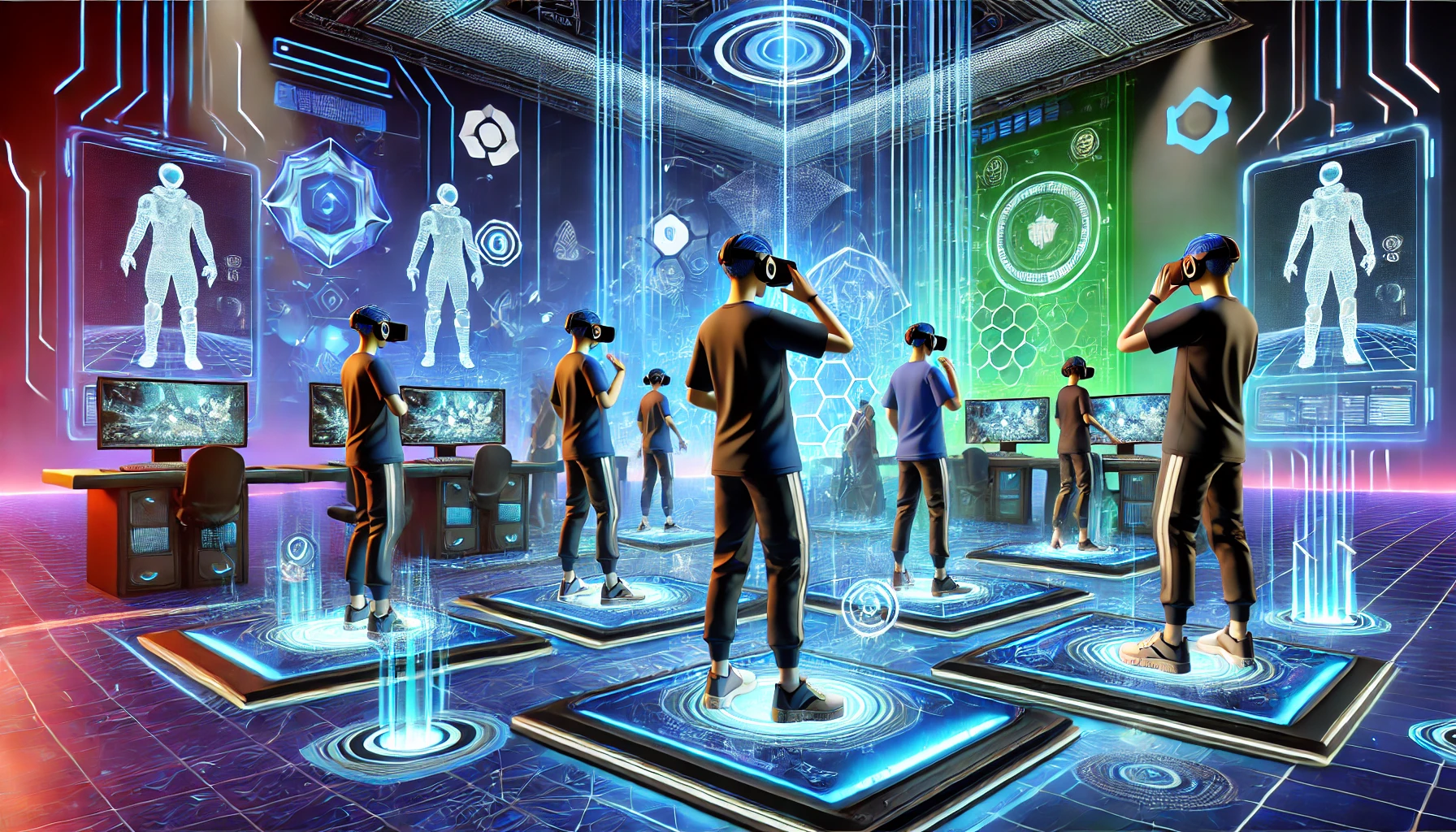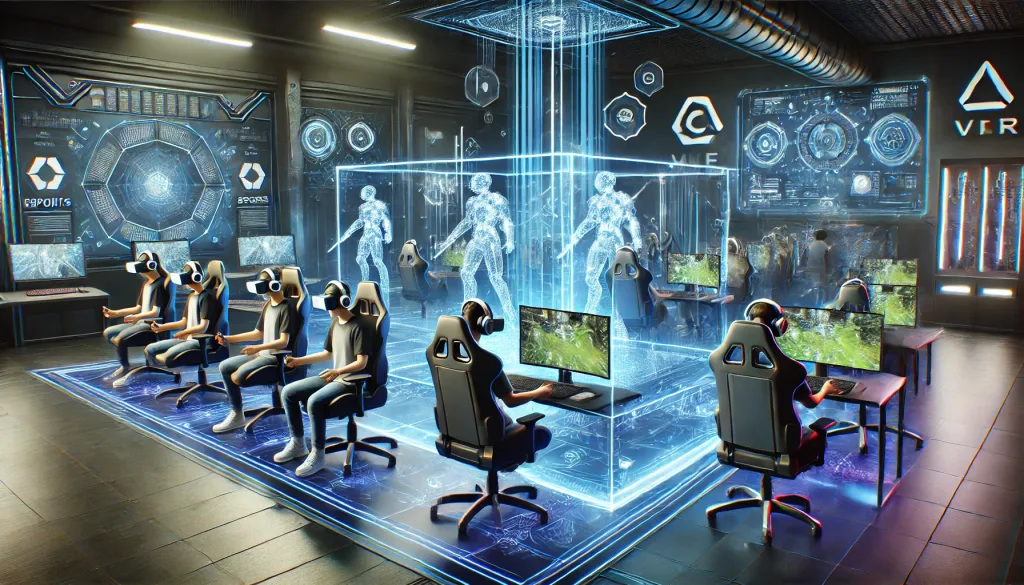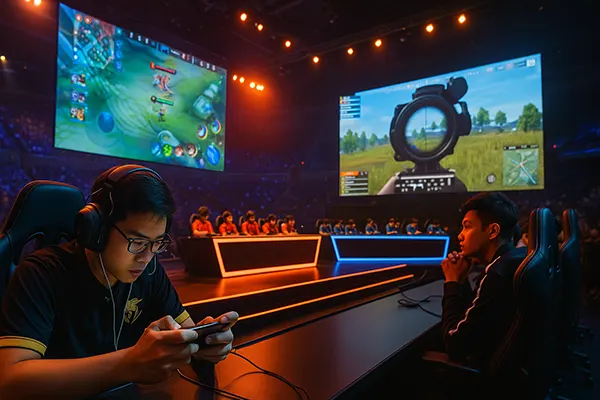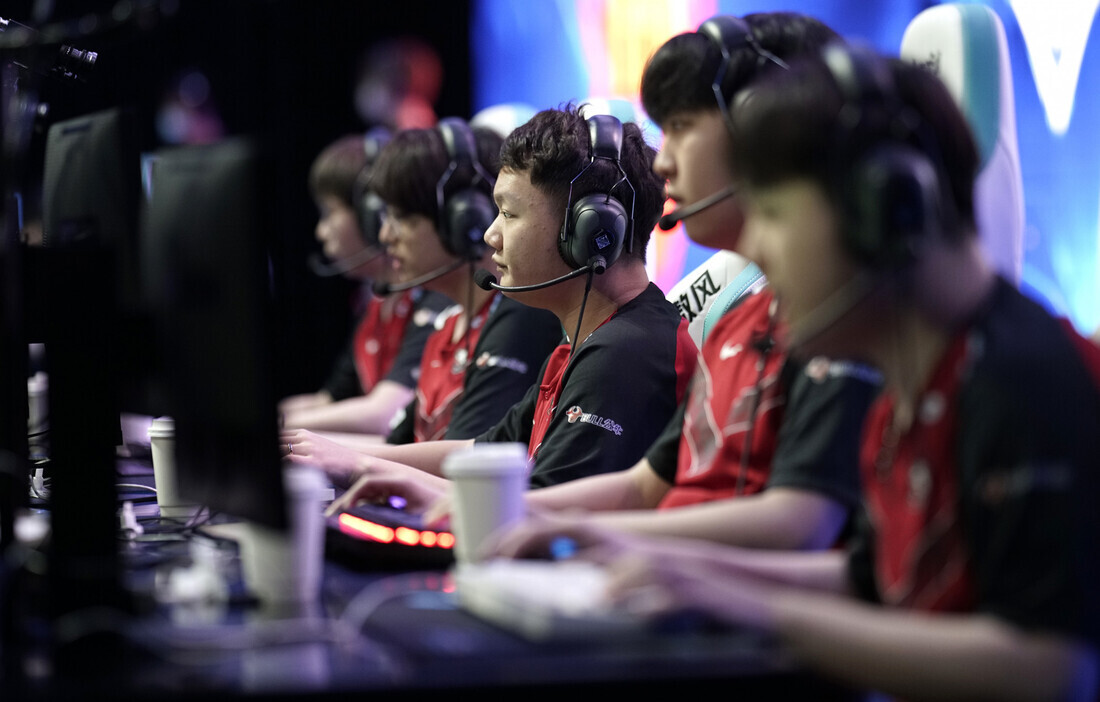The Role of Virtual Reality in Training Esports Teams

Virtual reality (VR) is no longer confined to entertainment; it is transforming the esports landscape by enhancing team training. With VR’s ability to create immersive environments, esports teams can simulate real-world challenges, improve coordination, and elevate performance levels. As the esports industry continues to grow exponentially, staying competitive requires innovative approaches, and VR has proven to be a key enabler of such advancements.
How Virtual Reality Improves Team Coordination
Esports is a domain where split-second decisions and perfect coordination can make or break a team’s success. Virtual reality provides an unparalleled environment for teams to practice together in simulated game conditions. Unlike traditional training methods, VR enables teams to interact with in-game scenarios as though they were live. This realistic approach improves teamwork, strategy execution, and quick decision-making.
One example of VR in action is its ability to replicate specific in-game challenges, such as last-minute decision-making in complex situations. Players can immerse themselves in high-pressure environments that require flawless communication and coordination. This focus ensures that players understand each other’s roles and anticipate teammates’ actions instinctively during actual tournaments.
Enhanced Communication During Training
Effective communication is critical for the success of any esports team. By simulating game scenarios in VR, players can develop and refine their communication strategies under conditions that mirror competitive matches. For example, VR headsets with spatial audio allow players to communicate as though they are physically present in the same space. This immersive feature reduces communication errors that often occur due to the limitations of traditional audio communication.
Moreover, VR allows coaches to identify and address breakdowns in communication. They can replay sessions to pinpoint instances where communication faltered, enabling teams to address specific issues. Over time, these improvements result in seamless collaboration and better performance.
Virtual Reality as a Tool for Analysing Player Performance
Another significant advantage of VR in esports is its ability to provide detailed analytics on player performance. Advanced VR software collects precise data points, such as reaction times, movement patterns, and decision-making speed. This information allows coaches and players to assess performance objectively and identify areas for improvement. With such insights, teams can refine their strategies and optimise player roles.
Furthermore, VR environments enable players to repeat specific scenarios until they achieve mastery. This is particularly valuable in games requiring high levels of precision, such as first-person shooters or real-time strategy games. For example, a player struggling with aiming accuracy can practice under various conditions in a VR setup, improving their skills incrementally.
Customised Training Regimens
Personalised training programs are another benefit of VR in esports. With access to performance data, coaches can tailor training sessions to address each player’s unique needs. For instance, if a team member struggles with map navigation in multiplayer online battle arena (MOBA) games, VR can recreate those maps for targeted practice. Such focused training helps players overcome their weaknesses while honing their strengths.
In addition, VR systems can simulate different levels of opponent difficulty, allowing teams to prepare for a variety of challenges. This adaptability ensures that players remain versatile and ready for unexpected situations during live matches. The result is a well-rounded team capable of tackling diverse gameplay scenarios effectively.

The Future of Esports Training with VR
The integration of VR in esports is only the beginning. As technology advances, we can expect even more sophisticated applications in team training and preparation. One promising area is the integration of artificial intelligence (AI) with VR, creating dynamic training environments where opponents adapt to players’ strategies in real-time. This pushes teams to think critically and adapt their tactics continuously.
Moreover, big data analytics combined with VR can provide unprecedented insights into team performance. For example, data on player fatigue, reaction speeds, and strategic tendencies can help teams fine-tune their approaches. Such advancements not only enhance training but also offer a competitive edge in tournaments.
Integration with AI and Big Data
The future of VR in esports lies in its ability to harness AI and big data effectively. AI-driven opponents provide dynamic and challenging training experiences, while big data analytics enable teams to identify trends and predict opponents’ moves. Together, these technologies can redefine what it means to prepare for competitive gaming at the highest level.
In addition, AI and VR technologies can simulate high-stakes tournaments, allowing teams to practice under conditions that mirror championship scenarios. This kind of preparation boosts confidence and ensures players are mentally and physically ready to perform at their peak. The potential applications of these technologies are vast, and their impact on esports will only grow with time.
Virtual reality has emerged as a transformative tool in esports training. From improving communication and teamwork to enabling detailed performance analysis, VR is shaping the future of competitive gaming. As the technology evolves, its integration into esports will continue to revolutionise how teams train, collaborate, and compete on the global stage.




